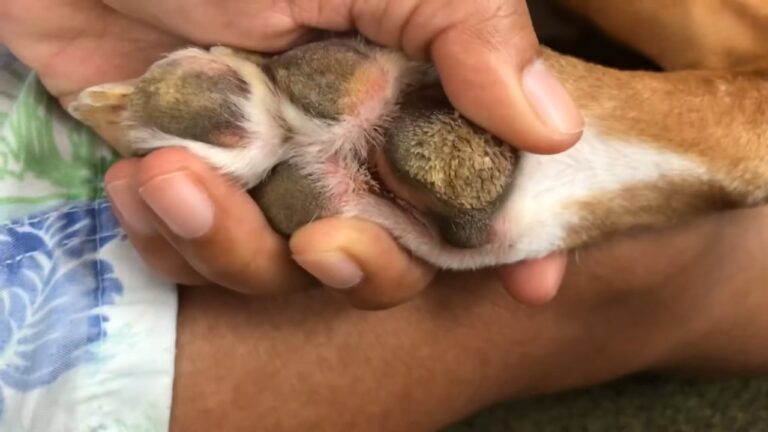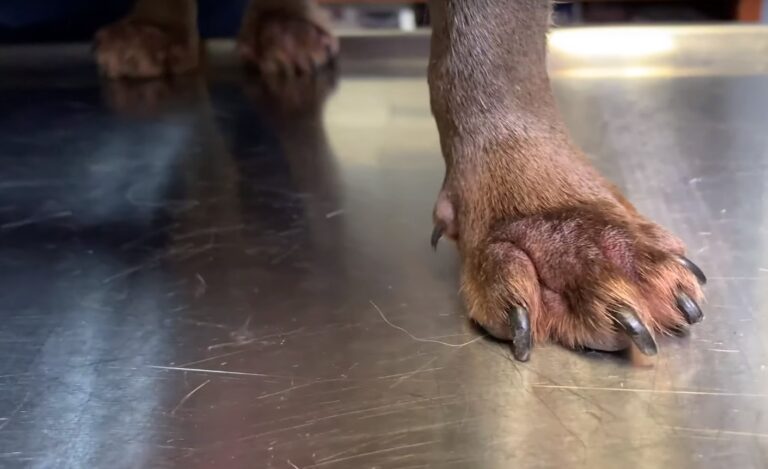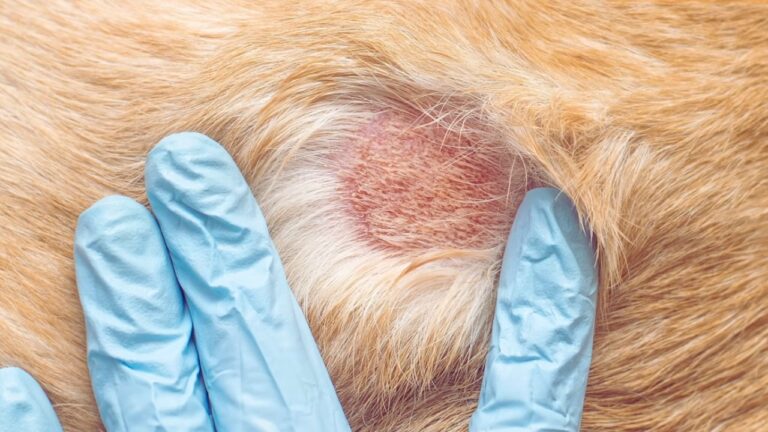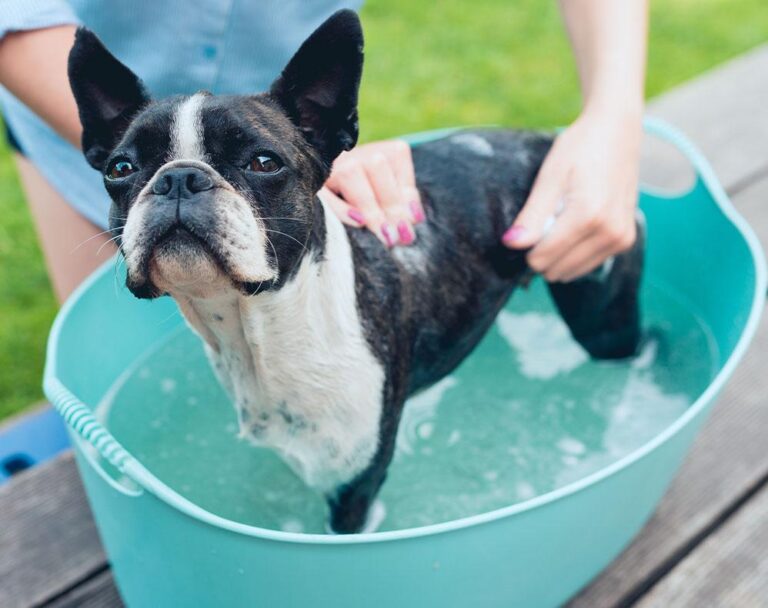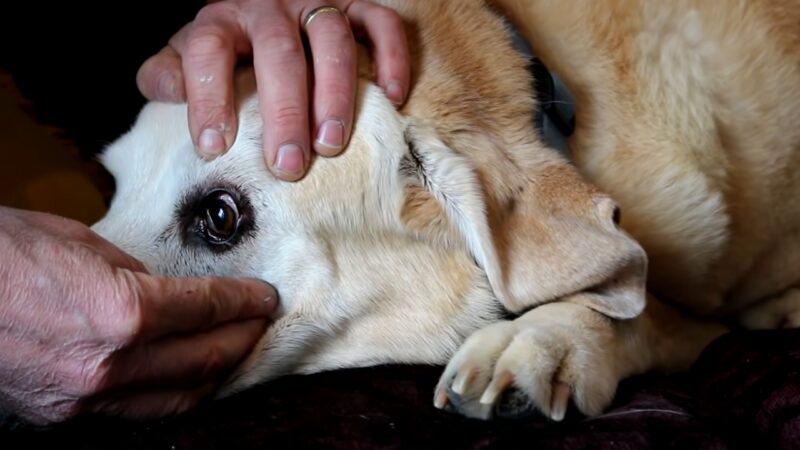I still remember the morning I found my golden retriever, Max, with a swollen, teary eye. After a quick visit to our trusted veterinarian, I learned that Max had developed an eye stye.
Through research and consultations, I discovered the nuances of providing at-home care for such issues. I want to share my firsthand experience, alongside professional advice, to help fellow pet owners navigate similar situations with confidence.
I am certain this insight will make this challenge easier both for you and your little friend.
Dog Eye Affliction

When our 4-legged pals face discomfort, it will become crucial to recognize the foundation reason and are trying to find appropriate remedies. One not-unusual eye issue they may encounter is a stye, a small, painful lump on the inside or out of doors of the eyelid.
Origin and Causes
Every pet owner must be informed about the reasons behind the formation of these unsightly lumps to prevent and tackle them efficiently.
| Cause | Description |
|---|---|
| Bacterial infections | Bacteria in eye’s oil glands can cause a stye |
| Allergens | Dust, pollen, and irritants can be culprits |
| Blocked Meibomian glands | Glands producing oily substance can get clogged, leading to styes |
Timely identification can expedite the healing process and prevent complications.
- Redness in the affected area
- Swelling of the eyelid
- Tenderness and discomfort
Gentle Home Remedies for Relief

It’s herbal to provide comfort for your puppy whilst they’re in pain. Even although searching for veterinary recommendation is paramount, sure domestic treatments can alleviate signs and symptoms and hasten restoration. An easy and powerful way to find useful resources within the healing process of this ailment.
- Procedure: Soak a smooth material in warm water, wring out the excess, and lightly maintain it against the affected location for several minutes. Repeating this in some instances a day can assist in lessening swelling and pain.
- Benefits: The warmth helps in promoting circulation, softening the fabric in the stye, and might aid in herbal drainage.
Natural Solutions and Ointments: Using mom nature’s services can also be beneficial.
- Aloe Vera: Known for its anti-inflammatory houses, making use of aloe gel can soothe the affected area.
- Turmeric Paste: An age-vintage treatment, turmeric’s anti-inflammatory and antibacterial properties may provide relief. Make a paste with a pinch of turmeric and some drops of water, and observe it at the affected area.
Prevention is Key
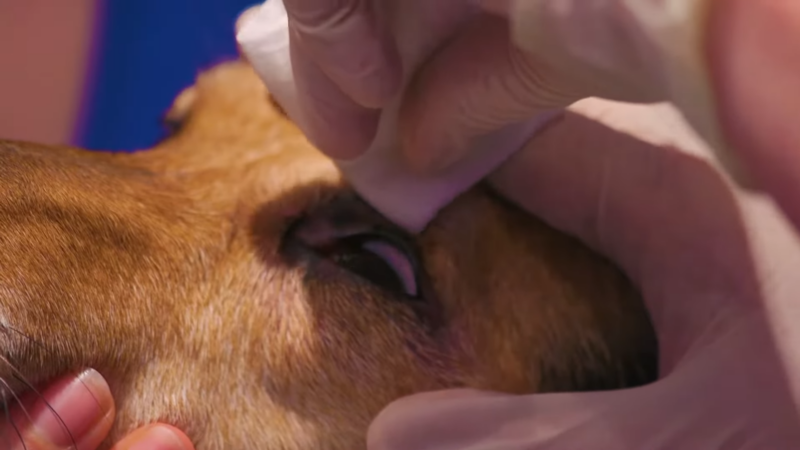
Keeping those illnesses at bay calls for a combination of excellent hygiene practices and recognition. Ensuring your puppy’s environment are smooth and monitoring them for signs and symptoms of discomfort can move a long way. Ensuring cleanliness is step one to prevention.
- Regularly look into your pet’s eyes for signs and symptoms of redness or irritation.
- Gently clean your pet’s eyes with a tender cloth dipped in warm water. Make sure you use a separate segment of the fabric for each eye to keep away from pass-infection.
Besides that, everyday visits to the vet are essential. Routine check-ups can assist in early detection and management of potential issues. Maintain an open line of conversation with your vet approximately any changes in your puppy’s fitness or conduct.
Dietary Considerations
A dog’s diet can play a pivotal role in its overall health, including that of its eyes. By incorporating specific nutrients and being mindful of their food intake, you can contribute significantly to preventing eye-related issues. Certain nutrients are specifically known for their positive impact on eye health.
| Nutrient | Description |
|---|---|
| Antioxidants | Vitamins C and E can help reduce risk of certain eye diseases |
| Omega-3 fatty acids | Found in fish oils, they can help prevent dry eyes |
| Zinc | Crucial for maintaining retina health |
It’s tempting to give your canine treats, but always ensure they’re beneficial. For instance, carrots can be an excellent snack for dogs, promoting good vision due to the beta-carotene they contain. Another solid option is to feed blueberries to your pet.
Blueberries are packed with antioxidants, they can boost the health of the eyes and prevent oxidative damage.
When to Seek Professional Help

While at-home remedies can offer relief, it’s crucial to discern when an issue surpasses home care’s capacity and requires a professional’s intervention. Some symptoms should never be ignored.
| Indicator | Description |
|---|---|
| Persistent swelling | Concern if stye persists or worsens over days |
| Change in eye color | Discoloration or cloudiness indicates severe issues |
| Behavioral changes | Scratching, appetite change, or aggression suggest discomfort |
Never underestimate the importance of professional advice. When it comes to treating complex eye conditions like uveitis in dogs, veterinarians can guide you on the best options, such as whether Cyclosporine or Tacrolimus eye drops would be more effective based on your pet’s specific needs.
- Expertise: Vets have the training and equipment to diagnose underlying issues accurately.
- Medications: In certain cases, over-the-counter remedies might not suffice. Vets can prescribe specific ointments or medications to treat the ailment more effectively.
Emotional Support and Recovery
Besides the physical symptoms and treatments, it’s essential to recognize that discomfort can have emotional implications for your furry friend. Ensuring their mental well-being during such times is crucial for a holistic recovery.
Also, dogs, much like humans, need comfort and assurance during trying times. Spending more time with your pet can ease their anxiety. Gentle petting or just sitting beside them can provide solace. Ensure your dog has a comfortable spot in your home where they feel safe, especially if their eye is sensitive to light.
Keeping your dog engaged can distract them from the discomfort.
- Toys: Offer them their favorite toys or introduce new ones to keep their mind occupied.
- Light Activities: Depending on their comfort level, short walks or gentle play sessions can serve as effective distractions.
Post-Recovery Care and Monitoring

Once the issue starts to resolve, continuous monitoring and care can prevent any recurrence or complication. Continued attention to their eyes is paramount. As a routine, ensure that the area around their eyes is clean and free from any discharge.
Even post-recovery, keep an eye out for any signs of redness, swelling, or discomfort. Always keep the veterinarian in the loop. Schedule a post-recovery check-up to ensure everything is healing as it should. Share any observations or concerns post-recovery. It can be vital information for the vet.
Holistic Health
Taking care of our hairy partners requires a broader attitude that encompasses no longer best their bodily health but also their emotional and environmental well-being. Emotions play a tremendous position in a canine’s normal health.
- Body Language: Dogs speak through body language. Observing their tail wagging, ear positioning, or barking can offer insights into their emotional kingdom.
- Establishing Routine: Dogs thrive on the ordinary. Regular feeding instances, play periods, and bedtime can instill a feel of protection and stability.
Their surroundings appreciably affect their health. Ensure the living area is loose from dangers like sharp gadgets, toxic flowers, or substances. Regularly test your backyard or play location for ability risks.
Just like humans, puppies require mental stimulation. Interactive toys, puzzle feeders, and new environments can hold them mentally active and engaged.
The Role of Training in Health Maintenance
Training isn’t just about obedience; it’s also about ensuring their safety and overall health maintenance. Proper training can prevent many potential issues.
- Safety: A well-trained dog is less likely to run into traffic, eat something harmful, or get into dangerous situations.
- Mental Stimulation: Training sessions require dogs to think, analyze, and solve problems, which can be mentally enriching.
Positive methods have lasting benefits.
- Building Trust: Using treats, praises, and love as rewards strengthens the bond between the owner and the dog.
- Long-Term Behavior: Positive reinforcement guarantees that proper behavior is repeated, mainly to a properly-mannered and satisfied dog.
The Bottom Line
Encountering a stye to your dog’s eye may be regarding, but with knowledgeable at-domestic care and timely intervention, it’s a hurdle that may be gracefully overcome.
Recognizing the signs early, leaning on professional steering, and enforcing holistic health practices can lead your puppy in the direction of speedy healing.

